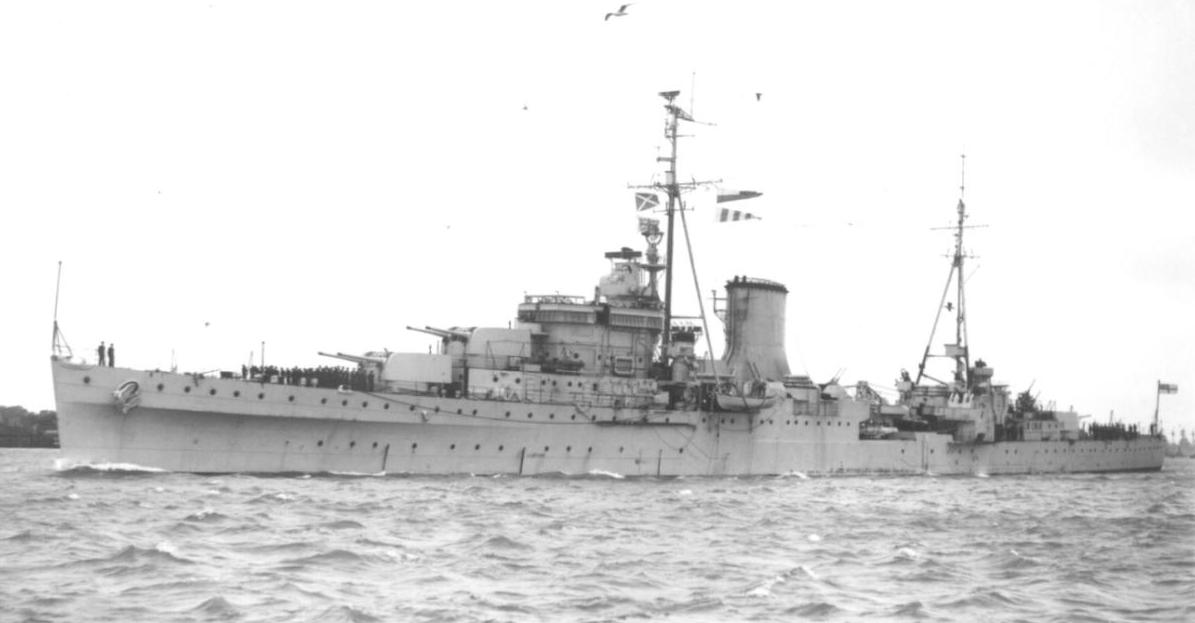


This project was approved, but in October of the same year the leadership changed in the Admiralty, and in the winter of 1944 the 5.25-inch cruiser project was closed in favor of the 6-inch cruiser (the future Neptune). In July, the N2 project was presented - a modified version of the N1 with increased speed. In March 1943, the first designs based on the TOR from the Committee were presented - the three-turret K4, M1, and P1, as well as the four-turret N1, which was recognized as the most successful. For this project, new 133-mm guns were developed, which had an increased rate of fire due to automatic loading and unitary projectiles (instead of separate shots for serial 133-mm guns). It was decided that the fleet needed small cruisers with 5.25-inch (133 mm) artillery and a speed of no more than 28 knots (it was believed that the increase in speed would make the ship "unbalanced"). In August 1942, the Future Building Committee was formed at the Admiralty, the purpose of which was to develop a program for building a balanced fleet, and in particular, the formation of a technical specification for a new cruiser. In 1956, after the transfer of the Royalist cruiser to New Zealand, Bellona returned to the UK and was broken up for metal three years later. The New Zealand service of the cruiser was marked only by participation in exercises and a small sailor riot in 1947. In 1946, Bellona and her sistership Black Prince were transferred to the New Zealand Navy. Having entered service in 1943, the Bellona led Arctic convoys most of the time, but she had a chance to patrol the English Channel, work as an electronic warfare ship, and take part in the landing in Normandy. Compared with the prototype, the number of main gun installations was reduced to four, but the installations themselves were improved, and the number of anti-aircraft guns was increased (in particular, a third quadruple “pom-pom” was added). The lead ship of a series of five cruisers, also known as "improved Dido".


 0 kommentar(er)
0 kommentar(er)
